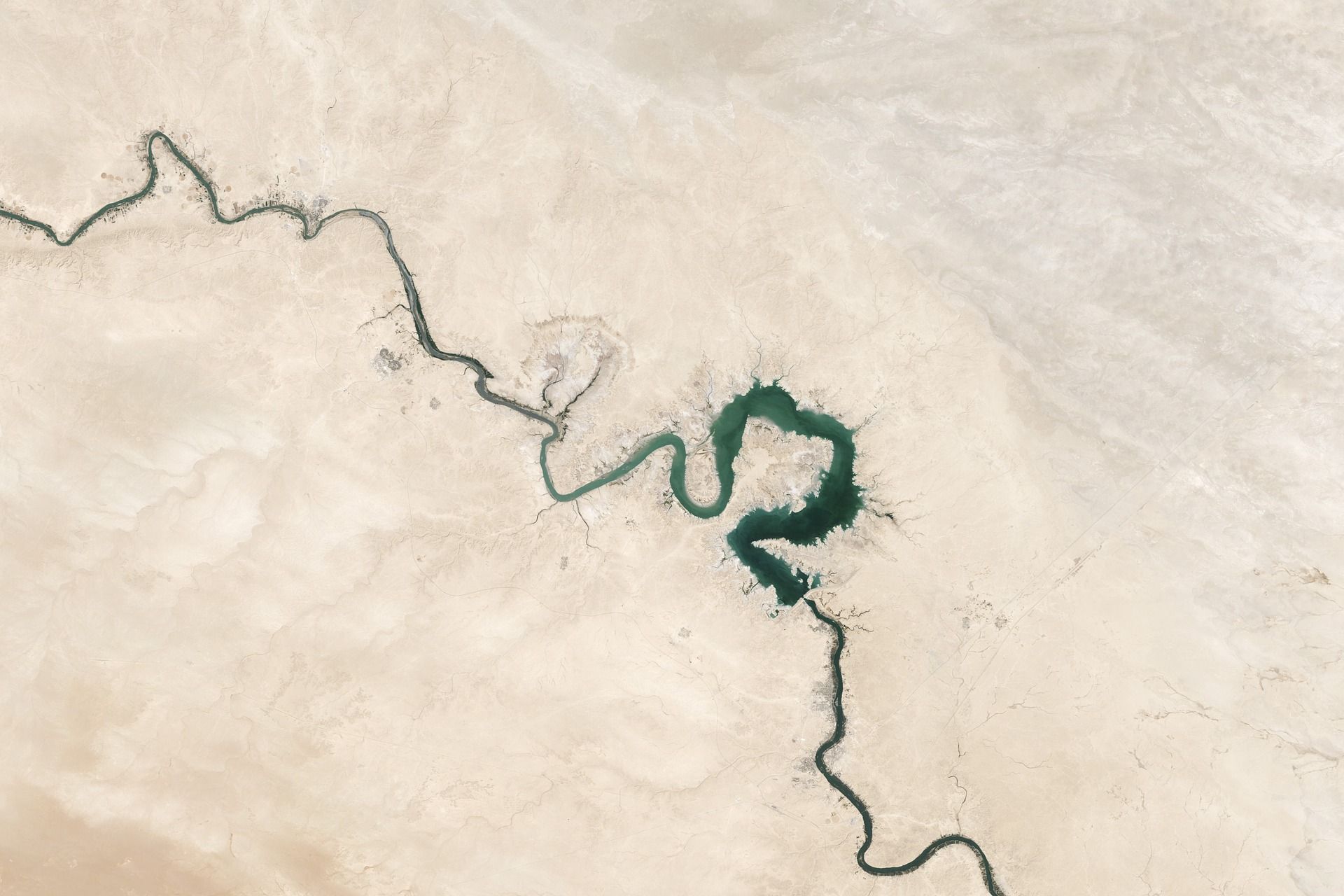A group of researchers has found evidence of a “lost” river that ran 172,000 years ago through the central Thar Desert, near Bikaner, Rajasthan, PTI reported. This indicates that Stone Age populations lived in a distinctly different Thar Desert landscape than we see today.
The findings by researchers from The Max Planck Institute for the Science of Human History in Germany, Anna University in Tamil Nadu, and IISER Kolkata, were published in the journal Quaternary Science Reviews.
The 172,000-year-old river that ran through Nal Quarry in the central Thar Desert, was 200 kilometres away from the nearest modern river.
The river predates the dried up Ghaggar-Hakra River, the researcher noted.
Noting that the potential importance of ‘lost’ rivers for earlier inhabitants of the region have been overlooked, the researchers said the river would have offered a life-line to Paleolithic populations.
“The Thar Desert has a rich prehistory, and we’ve been uncovering a wide range of evidence showing how Stone Age populations not only survived but thrived in these semi-arid landscapes,” said a researcher from The Max Planck Institute, PTI reported.
Studies of satellite imagery have shown a dense network of river channels crossing the Thar Desert, according to the researchers.
Although such studies can show where rivers and streams have flowed in the past, but they can’t tell us when, explained Professor Hema Achyuthan of Anna University, PTI reported.
Studying river sands, luminescence dating
To know how old the river was, the team studied a deep deposit of river sands and gravels, which had been exposed by quarrying activity near the village of Nal.
Also read: Mystery solved: Scientists trace source of Stonehenge boulders
The researchers were able to document different phases of river activity by studying the different deposits.
“We immediately saw evidence for a substantial and very active river system from the bottom of the fluvial deposits, which gradually decreased in power through time,” Achyuthan said.
The researchers used a method called luminescence dating to understand when quartz grains in the river sands were buried.
The results indicated that the strongest river activity at Nal occurred at approximately 172 and 140 thousand years ago, at a time when the monsoon was much weaker than today in the region.
River activity continued at the site between 95 to 78 thousand years ago, after which only limited evidence for the presence of a river at the site, with evidence for a brief reactivation of the channel 26 thousand years ago, the study found.
The river was flowing at its strongest during a phase of weak monsoonal activity in the region, and may have been a life-line to human populations enabling them to inhabit the Thar Desert, the researchers said.
The timeframe over which this river was active also overlaps with significant changes in human behaviour in the region, which have been linked with the earliest expansions of Homo sapiens from Africa into India, they said.
Also read: Ancient footprints in Saudi Arabia show how humans left Africa
“This river flowed at a critical timeframe for understanding human evolution in the Thar Desert, across South Asia and beyond,” said Blinkhorn.
“This suggests a landscape in which the earliest members of our own species, Homo sapiens, first encountered the monsoons and crossed the Thar Desert may have been very different to the landscape we can see today,” he added.







